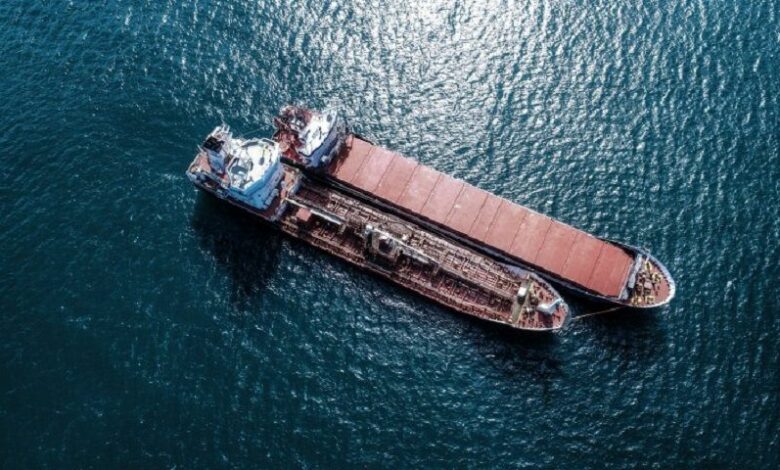Lilos, life rafts, and FuelEU

Risto Kariranta and his start-up, Ahti, have developed a FuelEU calculator which has revealed some interesting stats.
With views over the river Thames and London’s historic centre, the International Maritime Organization’s large roof terrace would be a great place to host a pool party on a sunny day. However, it’s from rules conceived in Belgium at the European Commission that shipowners are now being strongly incentivised to pool their vessels’ emissions with other parties.
And could there be anywhere more appropriate to discuss pool parties than Splash?
FuelEU Maritime considers the well-to-wake emissions of greenhouse gases, and it’s the next big legal change for vessels that visit European Union waters. In around 200 days, this regulation will require almost all maritime visitors over 5,000 gt to comply with new carbon intensity limits on vessel emissions. The primary aim is to overcome the ‘chicken and egg’ challenge of low-emission fuels by helping to create their demand and consistent use.
Pool party economics
When FuelEU Maritime comes into force in 2025 the required greenhouse gas intensity reduction is only 2%. Ahti has calculated that next year only 1.3% of a ship’s total energy would need to come from e-methanol to be compliant, and for biodiesel, it would be 3.1%. The rest of your bunkers could be HFO, and you’d incur no penalty under FuelEU Maritime.
What makes FuelEU Maritime interesting, however, is that you can pool your attained GHG intensity amongst other ships, and ‘bank’ particularly good emissions performance for future years.
We have calculated, for example, that an LNG-fuelled ship would only make, depending on the engine type, five HFO-fuelled vessels compliant. The gains with zero-carbon fuels are an order of magnitude greater.
Consider a ship using e-methanol and consuming a similar amount of energy to 3,000 tonnes of HFO per year. Let’s assume it has a carbon intensity of five grams of CO2 equivalent per megajoule (gCO2e/MJ). The carbon intensity of HFO is 91.6 gCO2e/MJ, while the target level for FuelEU Maritime in 2025 is 89.3 gCO2e/MJ.
We are allowed to calculate the energy coming from the e-methanol twice because of the RFNBO [renewable fuels of non-biological origin] fuel reward multiplier. This means that having just one ship running on e-methanol could give 75 HFO-fuelled vessels a pooled intensity below the targeted 89.3 gCO2e/MJ.
The next decade
Pooling is suitable for almost every situation: Frontrunners with low-carbon vessels and a desire to monetise them; owners of vintage tonnage that aren’t yet ready to commit to future-fuelled newbuilds; charterers with vessels on long-term TC from several owners and seeking to minimise compliance costs and risks.
The level of GHG intensity reduction required by FuelEU Maritime will tighten considerably in the coming years. As the regulation’s requirements grow stricter, the level of complexity will compound too.
We all know the statistic about methanol’s availability in one hundred major global ports, but do you know which of those can deliver stems of e-methanol? Or if you’re going to use biodiesel, have you trained your crews to spot the signs of oxygen degradation, or how to avoid microbial growth?
It will take more than Excel and competent crew to risk-manage your exposure. If you’re not using specialist expertise you will struggle to calculate the cheapest way to run your fleet and increase your odds of making a legal error.
Those penalties will be hefty. If we assume that your fleet is burning 100,000 tonnes of HFO each year, you’d pay at least $6m in penalties over the first five years of FuelEU Maritime. Then, starting in 2030, you’d pay more than $15.5m.
Flying solo, paying penalties, or joining a pool. Those are your options come 2025, and I know where I’d rather be drinking my piña colada.
